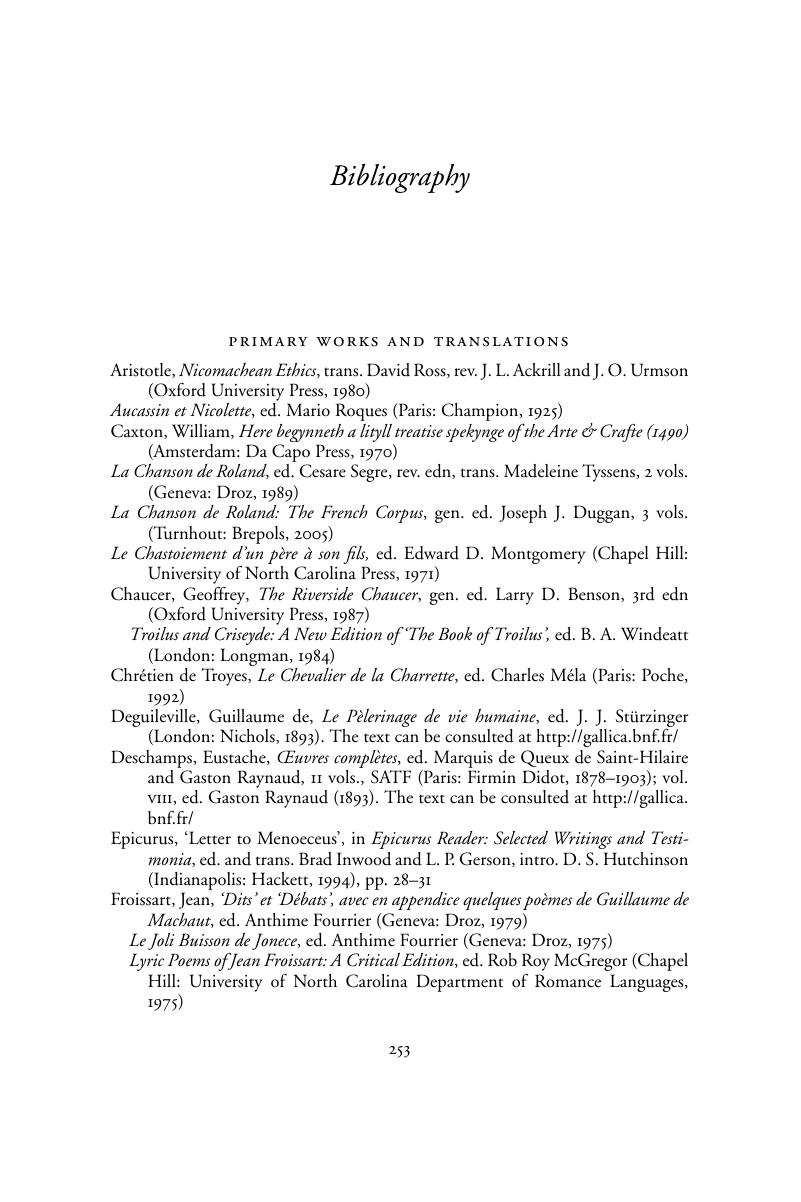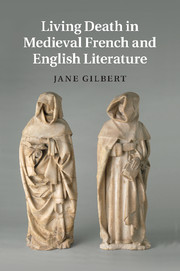Book contents
- Frontmatter
- Contents
- Acknowledgements
- Note on translations
- Introduction: living death
- 1 Roland and the second death
- 2 The knight as Thing: courtly love in the non-cyclic prose Lancelot
- 3 The ubi sunt topos in Middle French: sad stories of the death of kings
- 4 Ceci n'est pas une marguerite: anamorphosis in Pearl
- 5 Becoming woman in Chaucer: on ne naît pas femme, on le devient en mourant
- Conclusion: living dead or dead-in-life?
- Notes
- Bibliography
- Index
- Cambridge Studies in Medieval Literature
- References
Bibliography
Published online by Cambridge University Press: 01 March 2011
- Frontmatter
- Contents
- Acknowledgements
- Note on translations
- Introduction: living death
- 1 Roland and the second death
- 2 The knight as Thing: courtly love in the non-cyclic prose Lancelot
- 3 The ubi sunt topos in Middle French: sad stories of the death of kings
- 4 Ceci n'est pas une marguerite: anamorphosis in Pearl
- 5 Becoming woman in Chaucer: on ne naît pas femme, on le devient en mourant
- Conclusion: living dead or dead-in-life?
- Notes
- Bibliography
- Index
- Cambridge Studies in Medieval Literature
- References
Summary

- Type
- Chapter
- Information
- Living Death in Medieval French and English Literature , pp. 253 - 278Publisher: Cambridge University PressPrint publication year: 2011



